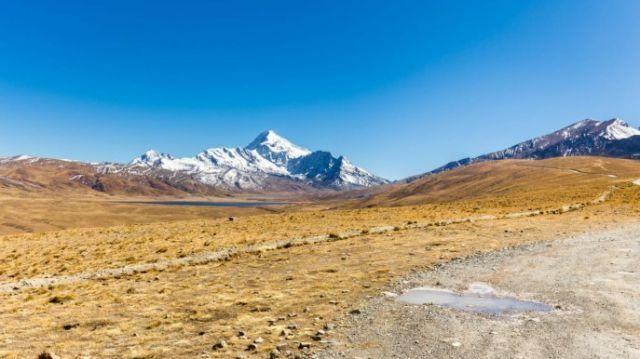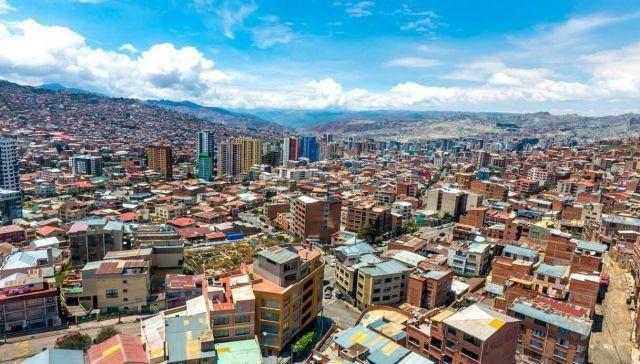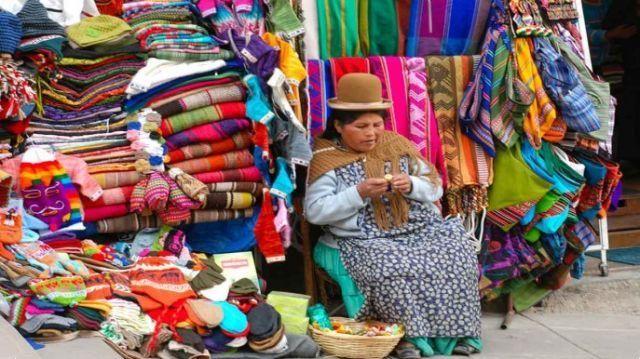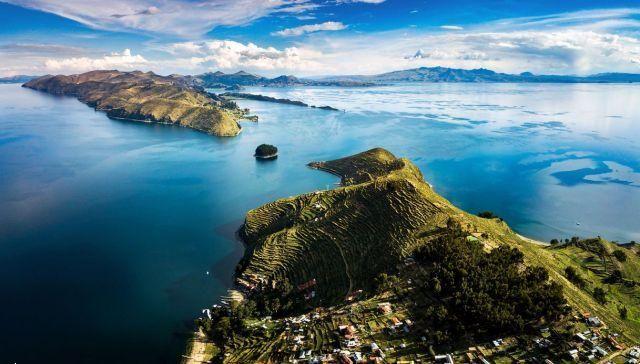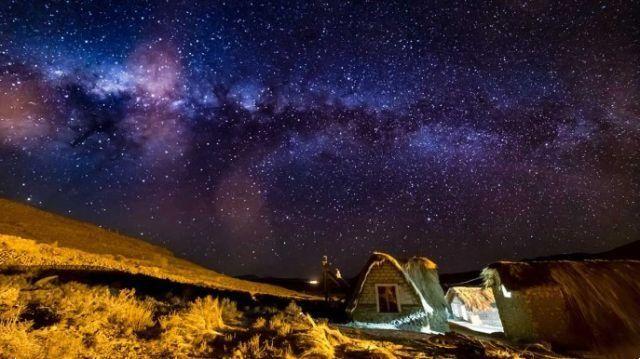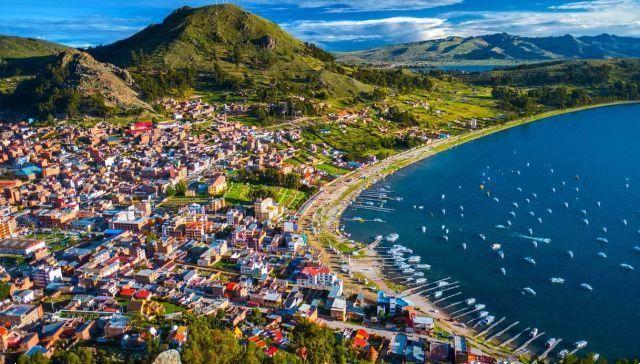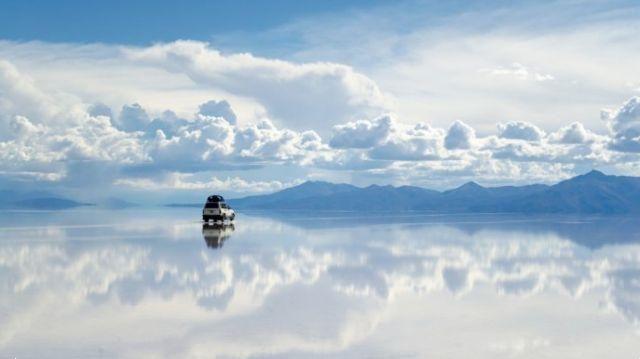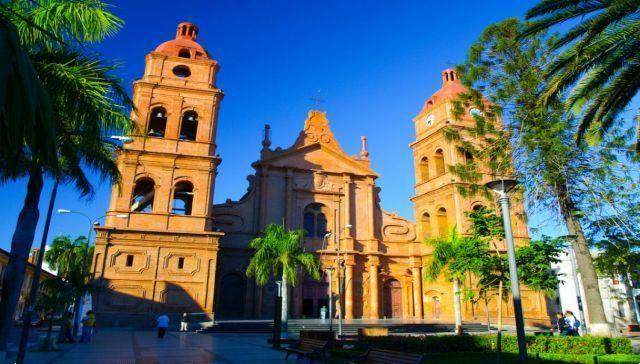 Itinerary to discover Santa Cruz, the Bolivian city on the plains. Here's what to see among monuments, museums and city parks.
Itinerary to discover Santa Cruz, the Bolivian city on the plains. Here's what to see among monuments, museums and city parks.
Santa Cruz de la Sierra is a city in Bolivia known more briefly as Santa Cruz and is located in a central position within the country. Compared to the main Bolivian cities, Santa Cruz is characterized by its position on the plain, which allows it to enjoy a tropical climate even in winter when the Sierra centers suffer from the cold.
Santa Cruz extends east of the Piray River and has a circular shape, where the main streets follow a circular route developing along concentric circles. The center of Santa Cruz consists of Main Square September 24, a regular and well-kept green area where young and old people meet on the numerous benches, in the shade of palms and tropical trees. The garden also overlooks the cathedral of San Lorenzo, which dates back to the 19th century and was built on the site of a previous religious building.
Not far away is the Museo Catedralicio de Arte Sacro, which houses precious artefacts in gold and silver from the Jesuit missions and which, as evidence of the great wealth of the colonial period, also preserves sacred vestments and other ancient liturgical elements. In the square there are also the Raúl Otero Reiche Municipal House of Culture, where you can admire the works of contemporary local artists, and the Museo de la Independencia, a small museum where you can delve into the history of Bolivia and Santa Cruz. Not far away is also Casa Melchor Pinto, a welcoming cultural center where there is also a beautiful library and a refreshment point.
In the next block, you will find the “Altillo Beni” City Museum and, continuing a little further in a north-eastern direction, the Iglesia San Francisco. The city of Santa Cruz is full of museums that tell important parts of Bolivian history, among which the Museo Historico Militar Heroes Del Chaco stands out, dedicated to the military and the war events that affected the country, and the Museo de Arte Contemporáneo.
Our itinerary continues north and leads us to El Arenal Park, a public garden that represents the ideal place for a break: here it is possible to walk, relax and take souvenir photos in the lake area, in the center of which a small island hosts an ethnographic museum with indigenous craft objects.
Passing Avenida Cañoto and Avenida Uruguay, the streets that form the first ring, you reach the second area of the city. Here, in front of the Plaza del Estudiante, is the Palacio de Justicia, while in the northern area of the city you will find the Zoológico Municipal Noel Kempff Mercado, the zoo which, within a large park, is home to various animal species.
If you love nature, on the eastern outskirts of Santa Cruz – about ten kilometers from the city center – there is the Municipal Botanical Garden, established at the end of the 20th century. During the walk in the park you will be able to discover the different plants that are part of the tropical climate of Bolivia and that the administration of Santa Cruz wanted to protect in a protected environment.
In the neighborhood south of the center, along Avenida Irala, there is the Noel Kempff Mercado Natural History Museum, dedicated - like the zoo itself - to the memory of the university professor and natural science scholar killed by drug traffickers. The museum hosts a permanent exhibition that recounts the characteristics of the flora and fauna of Bolivia and not far from it, at the intersection of Avenida Ilra and Avenida Las Americas, is the Monument to Simón Bolivar.
Santa Cruz is one of the economic centers of Bolivia and in the last decade it has experienced significant demographic and urban growth which has led it to be the most populous city in the country, but despite development it has been able to preserve the local culture, whose traditions are also expressed through gastronomic art. So don't miss the opportunity to taste traditional dishes such as majao and locro based on rice, while pipian, masaco or churrasco will amaze and fascinate you with the flavors and aromas of these lands.
Santa Cruz is served by the Aeropuerto Internacional Viru Viru, located about twenty kilometers north of the city center, and can also be reached by train and bus thanks to the Bimodal Terminal. When visiting the city we recommend that you also dedicate the right amount of time to discovering the region. One of the destinations in Bolivia most loved by tourists is the “Noel Kempff Mercado” national park, an area whose difficult access has contributed to increasing its charm, but we also point out the Amboró national park, the UNESCO site El Fuerte de Samaipata and the tour of the Jesuit missions in the Chiquitanía area.




